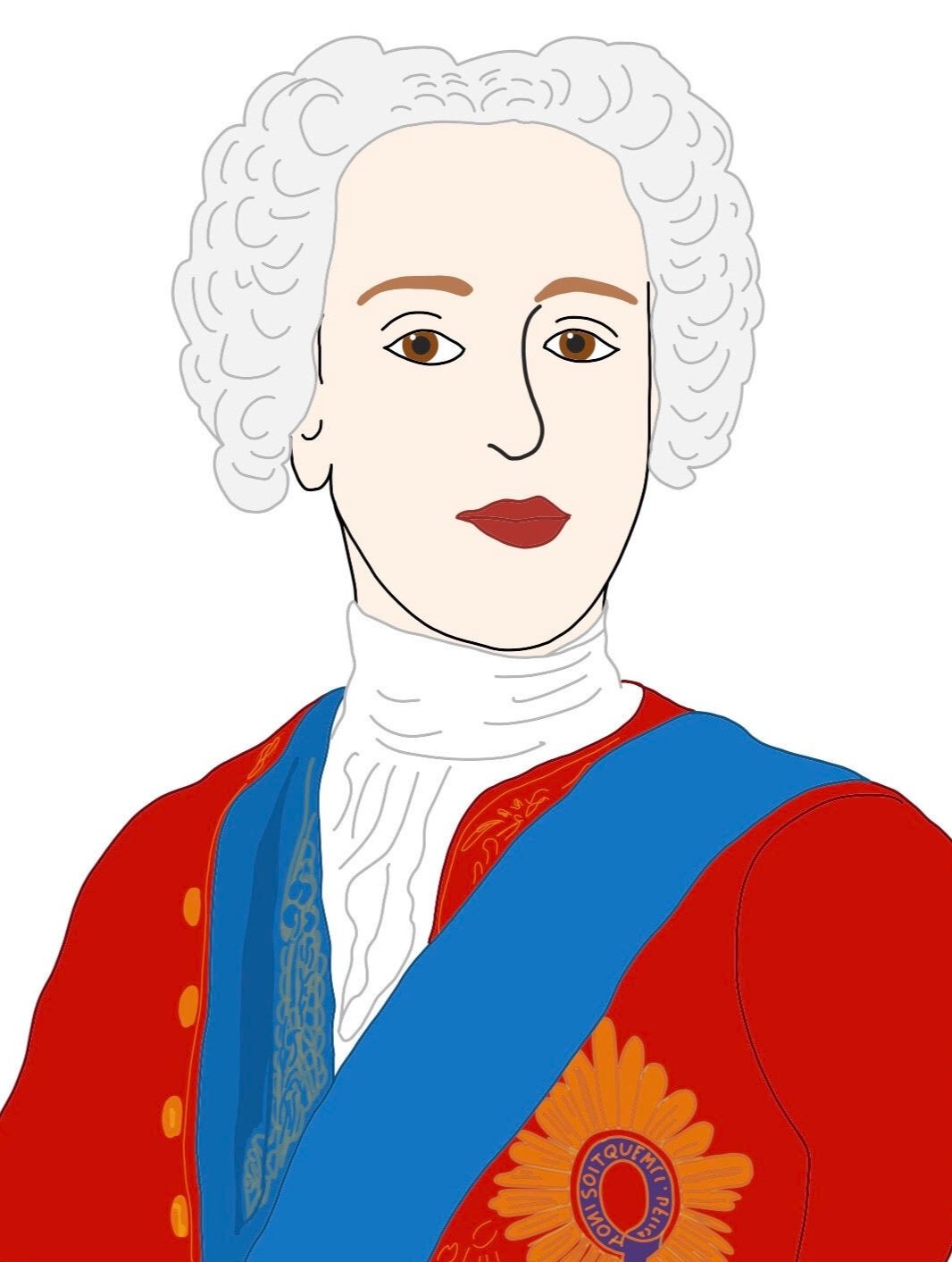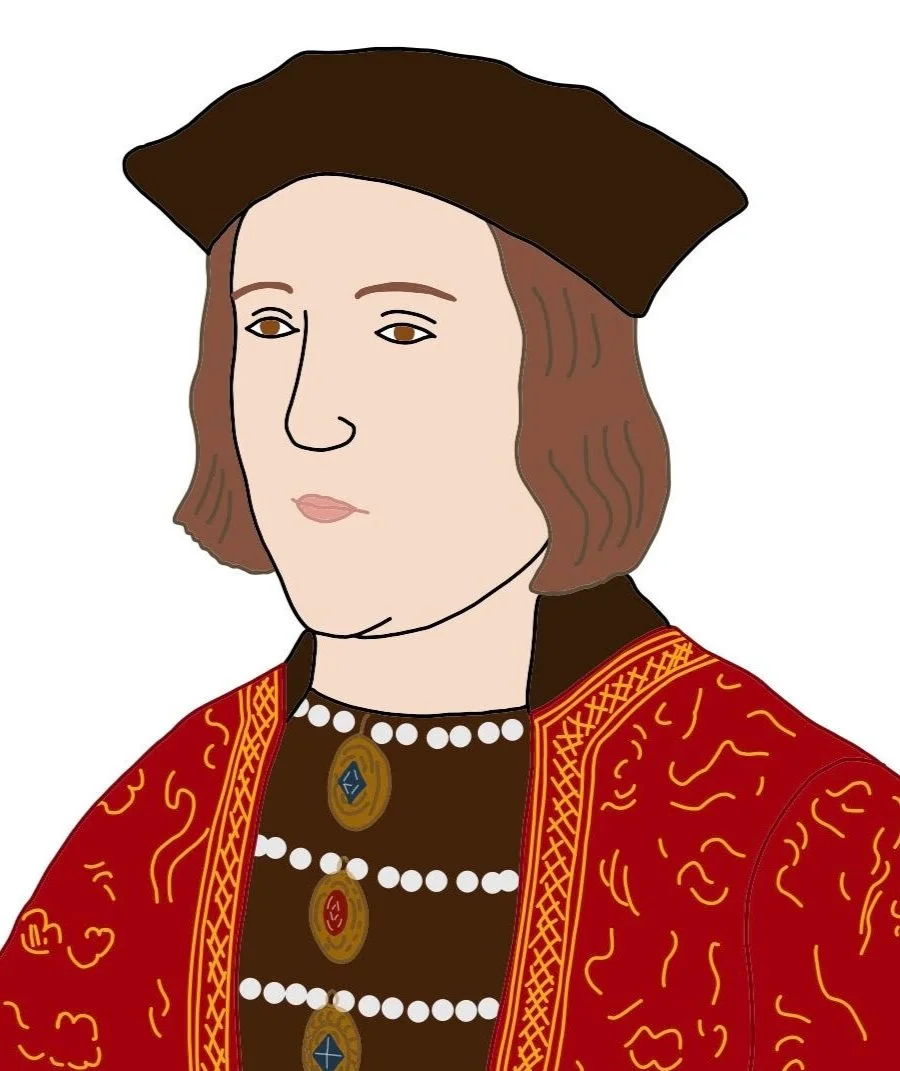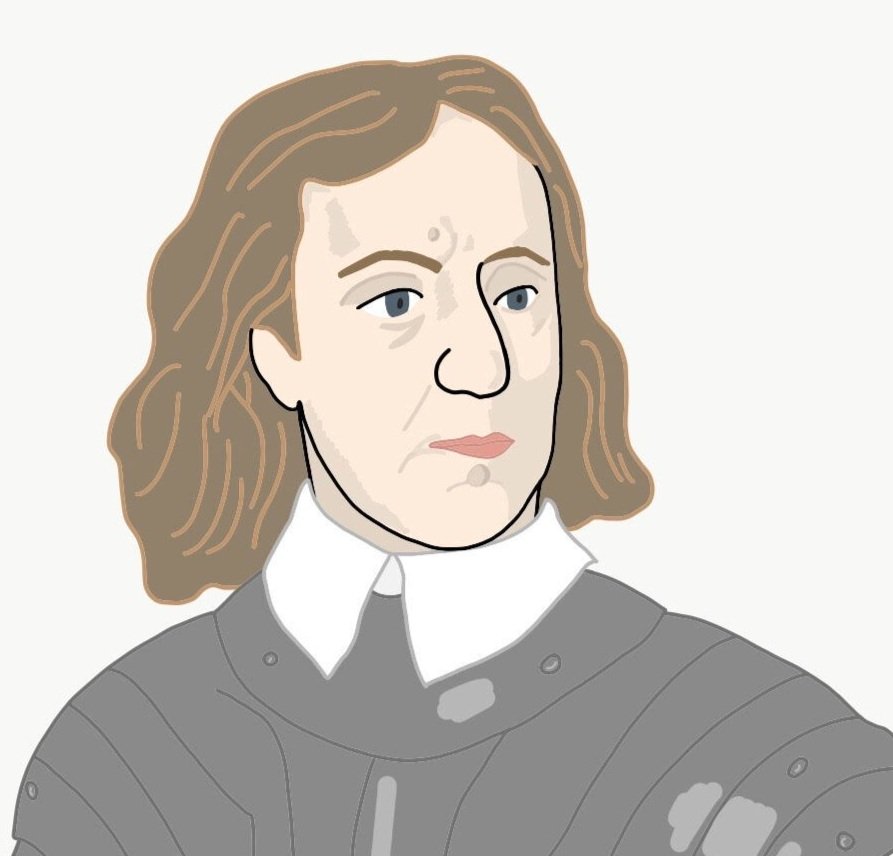June 27th - July 3rd
“A week of new things coming into force- Votes for Women, 999 emergency number, SOS distress signal, Tower Bridge opens, laws to stop young children working... and colour TV makes an appearance for the first time.”
On 27th June…
Bonnie Prince Charlie dresses as a maid to escape
1746 - Following his defeat at the Battle of Culloden, and two months in hiding, Bonnie Prince Charlie evaded capture with the help of Flora MacDonald. She disguised him as an Irish maid and took him to the Isle of Skye where he was able to flee to France.
On 28th June…
King Edward IV crowned for the first time
1461 - King Edward IV was crowned king of England (for the first time) at Westminster Abbey. He had been declared king in March when he defeated the Lancastrian forces at the Battle of Towton in the Wars of the Roses. It was his sons who were imprisoned in the Tower of London by Richard III.
Henry VIII born in London
1491 - King Henry VIII was born in London. He is possibly the most famous of all English kings for marrying six times, beheading two wives and breaking from the Roman Church and declaring himself Head of the Church of England.
Victoria crowned Queen
1838 - At 19 years of age, Queen Victoria was crowned at her coronation in Westminster Abbey. The ceremony lasted five hours.
1914 - Archduke Franz Ferdinand of Austria and his wife were assassinated whilst on an official visit to Sarajevo. Their deaths led to the outbreak of World War I.
On 29th June…
Globe Theatre catches fire
1613 - The Globe Theatre caught fire during a performance of Shakespeare’s Henry VIII when a ‘special effects’ cannon was fired, and the thatched roof caught alight. The theatre burnt to the ground very quickly - in the space of about an hour. Although nobody was hurt, one man’s breeches did catch fire. His burning clothes were quickly put out when a bystander threw his beer over them. The theatre was soon rebuilt using the original brick foundations, but this time with a tiled roof.
On 30th June…
Tower Bridge opens
1894 - Tower Bridge across the River Thames opened for the first time. The bridge opens for large sailing vessels to travel up the Thames into London. Did you know that in 1952 a number 78 London bus had to leap from one part of the bridge to the other when the bridge began to open?
Emergency telephone number 999 launched
1937 - The world’s first emergency telephone service was launched in London. The emergency number to call for police, fire or ambulance was 999. To begin with, this only covered a 12-mile radius around Oxford Circus in London, but slowly was incorporated throughout the UK.
On 1st July…
SOS becomes the international distress signal
1908 - SOS which in morse code is . . . - - - . . . (dot dot dot, dash dash dash, dot dot dot) became the international distress signal for those who need help. This was chosen because it was not likely to be misheard or mistaken for anything else when being interpreted. Despite technological advances in telecommunications, this system can still be used and understood worldwide if you’re unable to use a mobile or radio - simply flash the code using a torch or tap it out on something if you are trapped under debris.
1916 - The first day of five months of fighting began at the Battle of the Somme in World War I. On this day 19,240 British soldiers lost their lives with another 38,230 injured. Over a million men from both sides became casualties from this battle which lasted for five months. In the week leading up to the main offensive 1,700,000 artillery shells were fired at the German lines, that’s nearly 170 every minute, of every hour, of every day in that one week. Unbeknownst to the Allies the shells had done little damage to the German troops who opened fire when the Allies started to openly advance over the top of the trenches and into no-man’s-land.
On 2nd July…
Oliver Cromwell and the Parliamentarians victorious at Marston Moor
1644 - During the English civil war, the Battle of Marston Moor took place in Yorkshire between the royalist forces of King Charles I and the parliamentarian forces led by Oliver Cromwell. This battle was the first victory for the ‘Roundheads’ or parliamentary forces who would later go on to win the civil war after nine years of fighting.
1819 - The Cotton Mills Act (1819) came into force making it illegal for children under the age of 9 to work in textile factories and those under the age of 16 were only allowed to work a 12-hour day. Enforcing this law was not easy and many factory owners continued to employ young children.
1928 - The Representation of the People Act (1928) came into force giving women over the age of 21, equal voting rights to men. This happened just 17 days after the death of Emmeline Pankhurst who had led the suffragettes in the fight for the rights of women to vote.
On 3rd July…
John Logie Baird demonstrates colour TV
1928 - John Logie Baird, a Scottish engineer and inventor of the television, demonstrated colour television in London. It wasn’t until 1st July, 1967 nearly forty years later, that Britain would launch Europe’s first colour television service when BBC2 aired the Wimbledon Tennis Championships using colour. Although not many people owned colour television sets back then.









